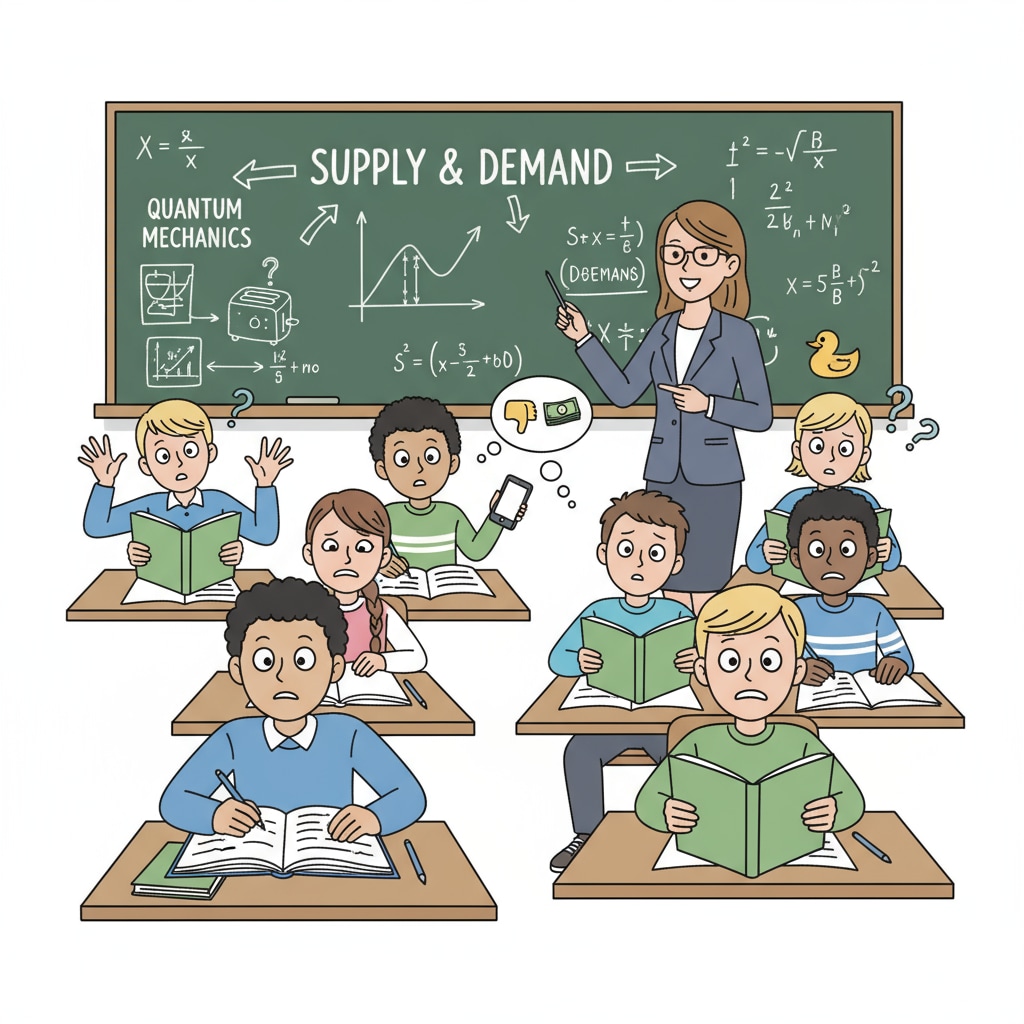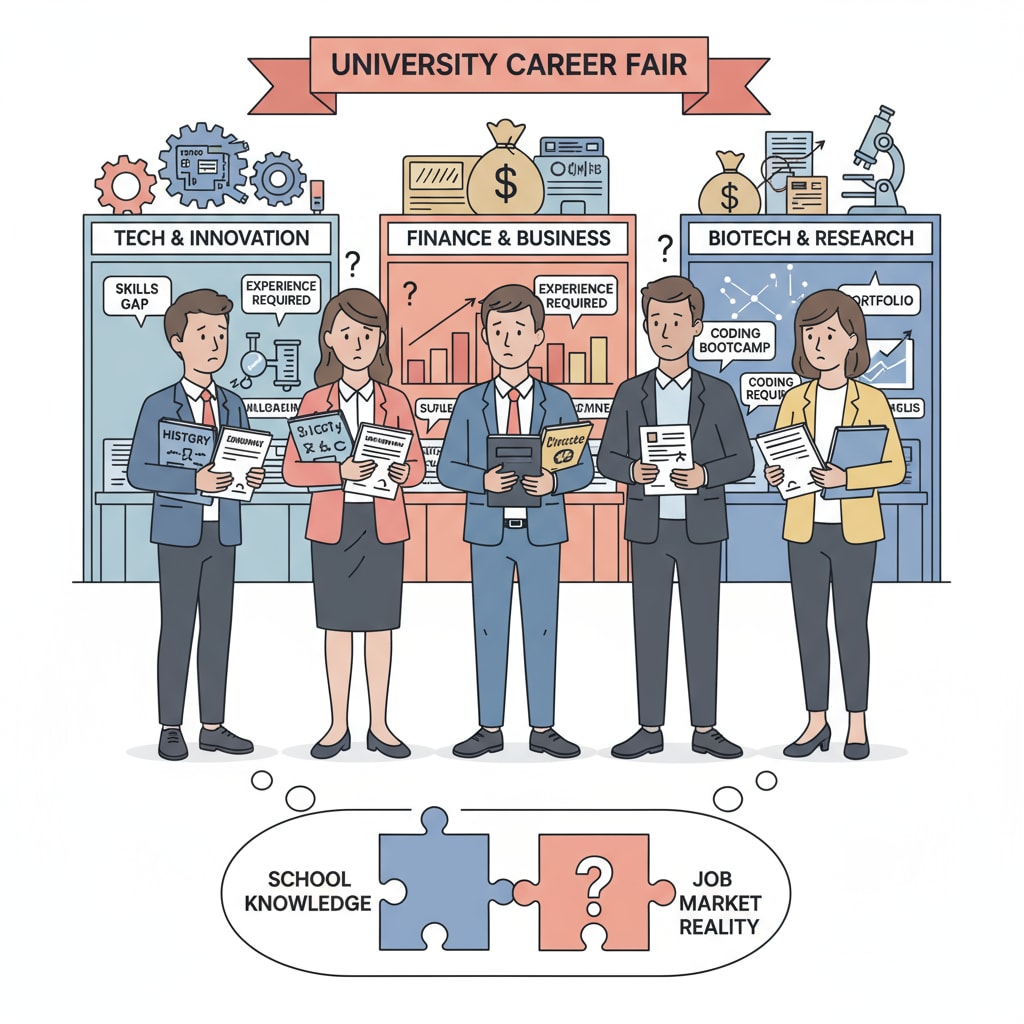School education, practicality, and learning content are crucial aspects of a student’s development. However, in the current K12 education system, a concerning issue has emerged: the significant disconnection between what students learn and its practical application in real life. Students often find themselves memorizing a vast amount of information that seems to have little relevance to their daily lives or future careers.

The Root Causes of the Disconnect
One of the main reasons for this disconnection is the traditional curriculum design. Many K12 curricula are still based on outdated models that focus more on rote memorization and theoretical knowledge rather than practical skills. For example, students may spend hours learning complex mathematical formulas that they rarely use in their daily financial management or simple problem-solving tasks. According to Wikipedia’s Education Reform page, educational reforms have been proposed to address such issues, but the implementation process is often slow.
The Impact on Students
This disconnection has a profound impact on students. Firstly, it can lead to a lack of motivation. When students don’t see the practical value of what they are learning, they are less likely to be engaged in the learning process. Secondly, it can hinder their ability to adapt to the real world after graduation. For instance, a student who has excelled in academic subjects may struggle to handle real-life situations such as managing a budget or communicating effectively in a professional setting. As stated on Britannica’s Education page, the goal of education should be to prepare students for real life.

To bridge this gap, educators need to take several steps. Firstly, the curriculum should be updated to include more practical and relevant content. This could involve integrating real-world case studies into lessons and providing hands-on learning opportunities. Secondly, teachers should be trained to use more practical teaching methods. For example, project-based learning can encourage students to apply their knowledge to solve real problems.
Readability guidance: The key points here are the root causes, impact on students, and solutions. By using short paragraphs and clear explanations, we aim to make the content accessible. Transition words like “firstly” and “secondly” help to organize the thoughts.


